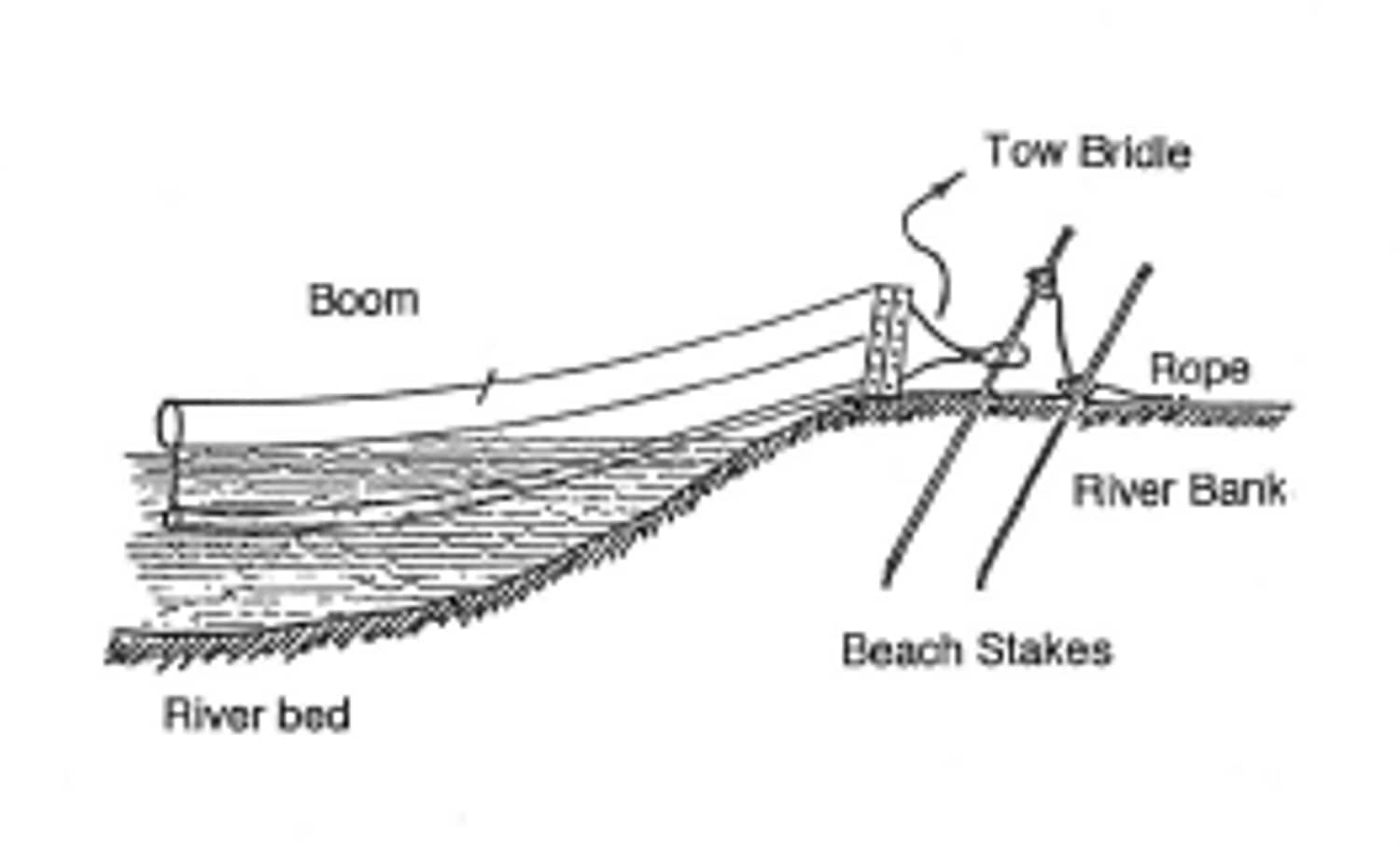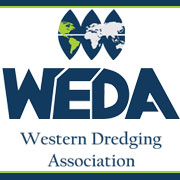Texas Boom Latest News
Oil Spill Boom - Beach Staking Technique
Oil spill containment boom is deployed in a wide range of applications. As such, the containment boom is typically held in place either by anchor systems or by attaching the containment boom to a fixed point on shore. In this article, we will discuss a particular technique for using beach stakes to hold the oil spill containment boom in place.
In some scenarios, there are permanent structures or pilings that serve as stable anchor points for containment boom. These can range from docks, piers, pilings, posts, poles or other permanent objects that offer enough strength and stability to hold the containment boom in place. Factors to consider when assessing the strength required include tides, current, and winds. Another option is to utilize anchors on land, which allows them to be placed and ensure their security. This is typically an option used only if the placement is temporary and anchor kits are on hand, as this is a more costly option. A common solution is the use of stakes driven into the ground along the shoreline to offer a secure point to affix the boom.
Beach stakes can be something as simple as rebar or metal fence posts, as long the posts are strong and can be driven deep enough to adequately secure the oil spill containment boom. There are also anchor posts designed to offer better holding strength. The variety of styles include helix and ground screw type designs. It is recommended that the standard stakes are driven three feet into the ground to provide adequate holding power when possible.
While there is not an absolute right or wrong answer, the goal is to secure the oil spill containment boom in place securely. A proven method to anchor the oil spill boom along a river bank or canal shoreline is to use a double stake method in conjunction with a tow bridle. Using the tow bridle distributes the force along the full length of the connector plates on the end of the oil spill boom. This also gives a strong cable eyelet to attach to the beach stakes. Using this option, the eyelet on the tow bridle is looped onto a beach stake. A second stake is driven in close proximity, and a rope is tied securely to the stake above the tow bridle, and then similarly tied to the second stake. The knots used should be applied after wrapping the anchor line tightly around the stake or post at least five times. This keeps all the force on the steel cable of the tow bridle and the steel of the beach stake. The rope only serves to keep the tow bridle from elevating off the stake in the event of high water, strong winds, or if the stake were to lower from an upright position.

It is also important to monitor the boom anchor points regularly and make adjustments as needed. Be mindful of chaning high tides or expected extreme weather. Should you need advice on anchoring or staking techniques, feel free to consult one our experts here at Texas Boom Company.
When you subscribe to the blog, we will send you an e-mail when there are new updates on the site so you wouldn't miss them.






